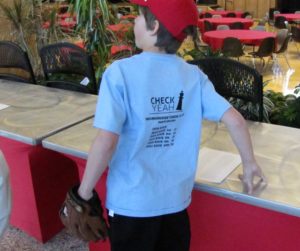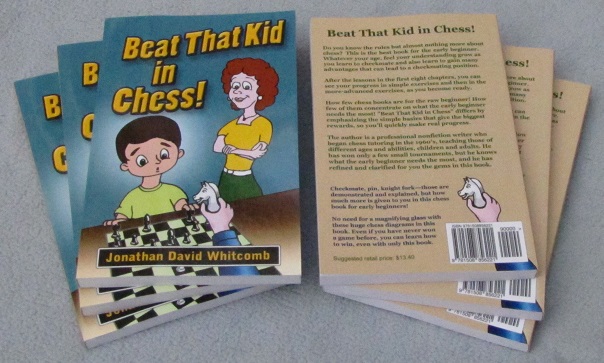Chess does not take a holiday in Holladay, Utah (by chess tutor Jonathan Whitcomb)
At least when school is in session, the royal game does not take a holiday in this community up against the mountain foothills in the eastern Salt Lake Valley. It’s no news that chess has been promoted at Morningside school, with active annual participation in Utah’s state elementary school championship. Chess instructor Jonathan Whitcomb, who photographed the 2016 championship, is now promoting activity in the game during the summer months, offering both a free tournament and $25 private chess lessons.
Morningside Elementary School, Holladay, Utah
Whitcomb is looking for a sponsor for small trophies to be awarded to the top players in a tournament, in the Salt Lake Valley, for chess players of all ages. (Details to be announced but probably to be held between July and October of 2016, not necessarily in Holladay but very likely in the valley).
Private Chess Lessons
The tournament is not directly related to the tutoring service offered by Whitcomb: private chess lessons in the Salt Lake Valley. In contrast to the upcoming free competition events in Utah, which he promotes or encourages, his private lessons are $25 each.
He’s the author of the instructional book Beat That Kid in Chess, which is for beginners who already know the rules of the game but who know little about how to win during competition.
For more information about personal chess lessons or about free chess tournaments, contact Jonathan Whitcomb at 801-590-9692 or send him an email.
.
Morningside student just before the start of the 2016 state championship tournament
.
###
.
Chess Lessons in Holladay, Utah
If you’re reading this, you may have considered taking private chess lessons. If so, what first caused you to consider that way of learning chess? . . . I, Jonathan Whitcomb, can help you learn modern chess notation [which can greatly help in improving your chess-playing ability]
Chess lessons are available in many communities in the Salt Lake Valley of Utah, from chess coach Jonathan Whitcomb, who lives in Murray. . . . For most chess players, improving basic tactical ability is very important.
Utah Chess Instruction or Private Tutoring
I’m the author of the beginner-book Beat That Kid in Chess, which uses a new teaching method of chess instruction: NIP (nearly-identical instructions). . . . Each chess lesson will be tailor-made for where you stand (assuming you take private lessons instead of group sessions).
Salt Lake Valley Chess Coach – Whitcomb
Regular competition in a chess club can help a player improve in his or her abilities in the royal game. Learning to improve quickly, however, is more likely from private lessons with a good tutor, a chess-instructor specialist, in combination with playing experience.
Friday afternoon, Nicholas Shifrar, a sixth grader from Morningside Elementary School [Salt Lake Valley, Utah], delivered dozens of knitted caps to the U Hospital’s Newborn Intensive Care Unit.
.


